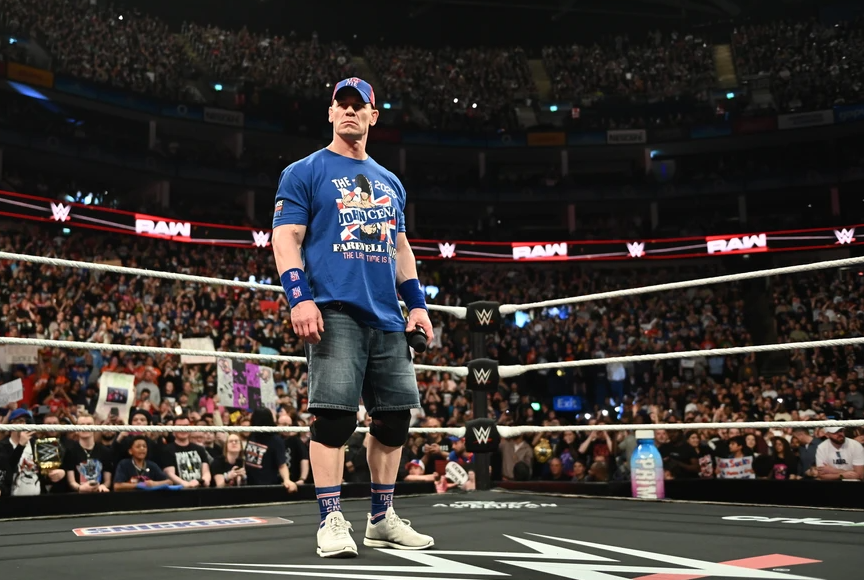John Cena, the 17-time WWE Champion and Hollywood actor, has openly shared that he received two separate skin cancer diagnoses after years of sun exposure without protection. His experience served as a “sobering” wake‑up call that motivated him to change his health habits and become an advocate for sun safety. Through candid interviews and a high‑profile partnership with Neutrogena, Cena now leverages his platform to educate fans on early detection and the critical role of sunscreen in preventing skin cancer.
John Cena’s Skin Cancer Diagnosis
John Cena first learned of a cancerous skin spot following a routine dermatology visit, which revealed melanoma on his left pectoral muscle. A year later, a second suspicious lesion appeared on his left upper trapezius, leading to another melanoma diagnosis after biopsy confirmation. Cena described the phone calls summoning him back for test results as “not what you want to get,” underscoring the emotional weight of a cancer diagnosis. Both spots were surgically removed, and subsequent tests confirmed that the procedures successfully excised the cancerous cells.
First Diagnosis
During an interview, John Cena recounted how his initial biopsy came back cancerous and prompted immediate life changes. He noted that as a young man living in Florida, he rarely used sunscreen, believing skin cancer was a distant possibility. That first diagnosis made Cena reflect on his stubbornness and neglect, as he admitted he “never” adopted a sun‑protection routine during his twenties.
Second Diagnosis
The following year, another dermatologist visit uncovered a second melanoma spot on Cena’s shoulder. This repeat diagnosis reinforced the unpredictable nature of skin cancer and the importance of ongoing vigilance. Cena credited his dermatologist for guiding him through the process, describing how “human‑to‑human connection” helped him cope with fear and uncertainty.
Health Impact and Lifestyle Changes
After his cancer scare, Cena overhauled his approach to health by incorporating daily sun protection into his routine. He now prioritizes wearing broad‑spectrum sunscreen, seeking shade, and wearing protective clothing whenever he is outdoors. Cena emphasizes that skin care should be as routine as brushing one’s teeth, highlighting the life‑saving potential of simple preventative measures.
Advocacy and Sunscreen Campaign
Leveraging his “You can’t see me” catchphrase, Cena partnered with Neutrogena on the “Sunscreen You Can’t See” campaign to champion invisible, daily sun protection. Through ads and social media, he demonstrates how easy it is to apply high‑SPF mineral sunscreen without leaving a white cast. Cena hopes that his status as a world‑renowned athlete and actor will resonate with men, who statistically underuse sunscreen compared to women.
Importance of Early Detection and Awareness
John Cena’s journey underscores the critical value of regular skin exams and early detection in combating melanoma. He urges fans to perform self‑checks using the ABCDE mole‑screening method—Asymmetry, Border irregularity, Color variation, Diameter over 6 mm, and Evolving shape—and seek dermatologist evaluations for any concerns. Medical experts note that early‑stage melanoma removal yields survival rates exceeding 90 percent, making timely diagnosis imperative.
Conclusion
John Cena’s candid revelations about his skin cancer battles have transformed his ordeal into a public health crusade. By sharing his story, emphasizing prevention, and collaborating with major skincare brands, Cena helps destigmatize men’s skincare and advocates for life‑saving sun protection habits. His experience is a powerful reminder that even the toughest individuals are not invincible to melanoma—and that early action can truly save lives.















